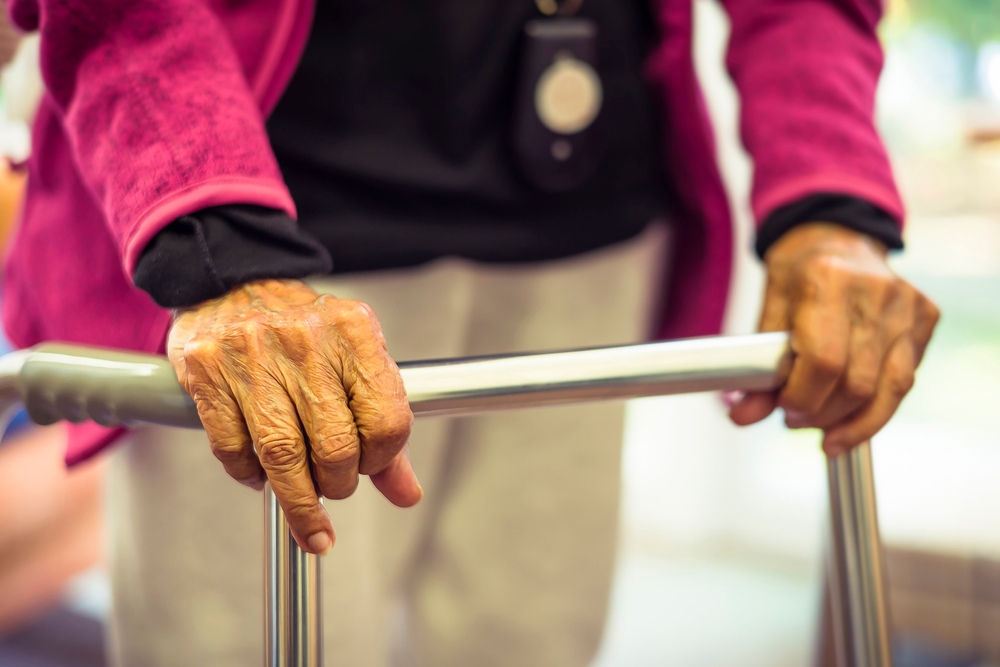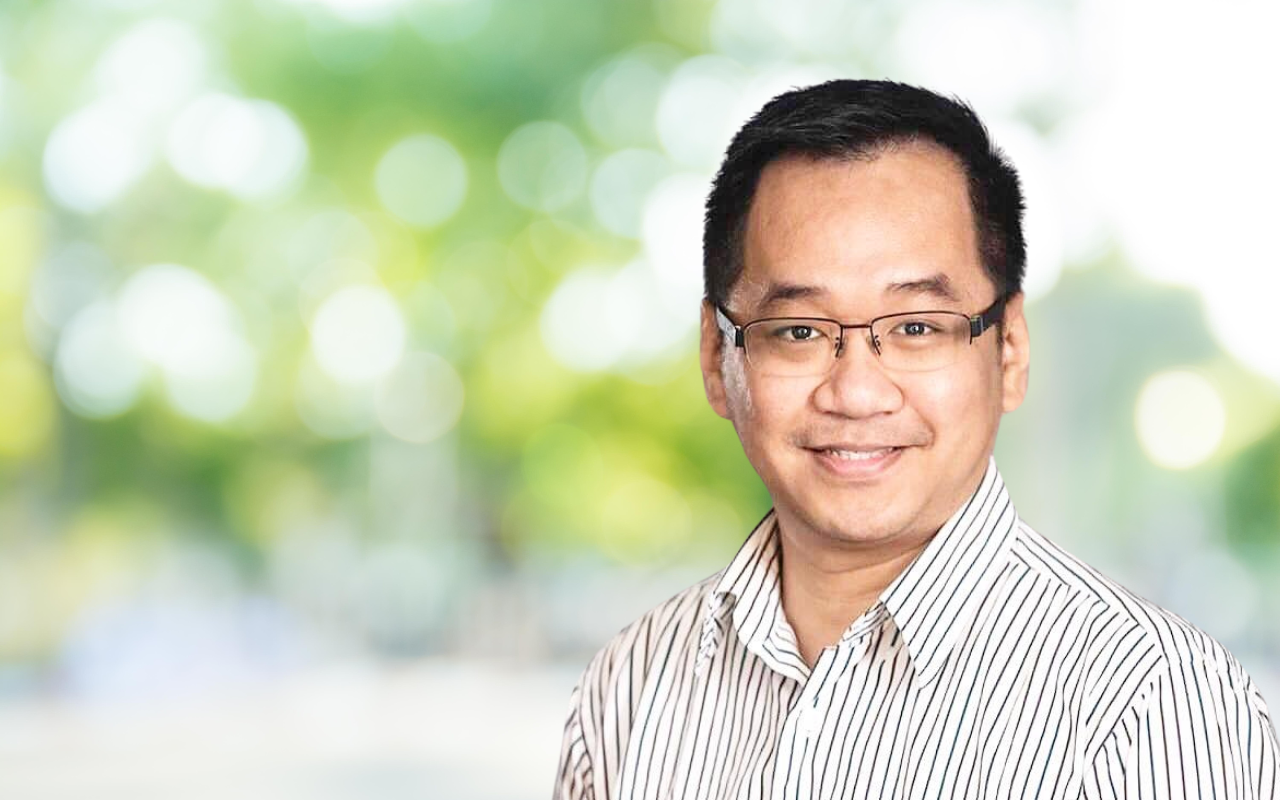When we think of heart disease, the primary concern for most people is about survival. But it is also important to know what happens after someone survives. New research reveals that a significant number of older people who survive a cardiovascular disease (CVD) event become frail.
As people age, keeping up with daily activities and maintaining independence and good health become increasingly important.
Frailty is a multifaceted clinical syndrome commonly found in older people. It is characterised by the accumulation of age-related deteriorations in biological systems that increase vulnerability to disease. Although frailty is not an inevitable part of ageing, its prevalence increases with age and frailty is a common clinical manifestation of ageing.
New research published in the European Journal of Preventive Cardiology reveals that the impact of experiencing a CVD event extends beyond the heart — accelerating frailty burden, particularly in those over 80 years, women, individuals living alone, and those residing in regional/remote areas.
Monash University researchers, in collaboration with other global research institutions, undertook the first study of community-dwelling older people to investigate frailty trajectories in older individuals over more than 10 years and determined the impact of a CVD event on these trajectories. There were 19 111 individuals with no prior CVD event or other major health conditions who were enrolled in the ASPREE study. They were then followed over 11 years. The occurrence of new CVD events, including stroke, myocardial infarction, and hospitalisation for heart failure, was captured and verified by a panel of international experts. Participants were mostly aged over 70 years and living independently in Australia and the United States of America.

Frailty was estimated annually using two commonly used approaches:
(a) the 64-item deficit-accumulation frailty index, which reflects multidimensional frailty; and
(b) the Fried phenotype, which captures physical frailty.
Researchers found that frailty worsened not just immediately after a CVD event but continued to increase over time. The greatest increase in frailty after a CVD event occurs after hospitalisation for heart failure, followed by stroke.
Our community-based study reveals clear evidence of an increased burden of frailty following a CVD event — raising concerns about long term recovery and overall wellbeing. Health care providers should be aware of frailty as a part of CVD management. Our findings, coupled with the existing evidence of frailty in CVD patients resulting in a poorer prognosis, underscore the importance of frailty screening in people with CVD. This approach will help identify those at risk of frailty-related further adverse outcomes and pinpoint targets for interventions through medical evaluation and geriatric assessment.
Our study revealed that the increase in frailty after a CVD event is noticeably greater in people aged over 80 years, women, those living alone, and individuals residing in regional/remote areas. These findings help identify CVD patients most at risk of frailty and support the development of patient-tailored clinical guidelines and interventions to prevent, delay the onset of, or minimise the burden of frailty after a CVD event. This effort could help reduce the risk of frailty-associated clinical complications among people with CVD, thereby improving their overall prognosis and minimising the burden on busy frontline clinicians and health care workers.
The studies were undertaken with Monash University researchers Professor Joanne Ryan and Professor Andrew Tonkin (cardiologist) and co-investigators from Monash University’s School of Public Health and Preventive Medicine; Faculty of Medicine, University of New South Wales (Australia); Center for Translational Geroscience, Department of Medicine, Cedars-Sinai Medical Center (Los Angeles, United States); Berman Center for Outcomes and Clinical Research (Minneapolis, United States); and Wake Forest University School of Medicine (Winston-Salem, United States).
Read the original article: Phyo AZZ, Tonkin A, Espinoza SE, Vishwanath S, Murray AM, Woods RL, Callahan KE, Peters R, Ryan J. Frailty trajectories after a cardiovascular event among community-dwelling older people. European Journal of Preventive Cardiology. 2025; zwaf095. DOI: https://doi.org/10.1093/eurjpc/zwaf095
Lead author – Dr Aung Zaw Zaw Phyo, PhD is a research fellow at the School of Public Health and Preventive Medicine, Monash University, Australia and is supported by Monash University’s Early Career Postdoctoral Fellowship (ECPF24-2863229592).
The authors do not work for, consult, own shares in or receive funding from any company or organisation that would benefit from this article, and have disclosed no relevant affiliations beyond their academic appointment.
The statements or opinions expressed in this article reflect the views of the authors and do not necessarily represent the official policy of the AMA, the MJA or InSight+ unless so stated.
Subscribe to the free InSight+ weekly newsletter here. It is available to all readers, not just registered medical practitioners.
If you would like to submit an article for consideration, send a Word version to mjainsight-editor@ampco.com.au.

 more_vert
more_vert